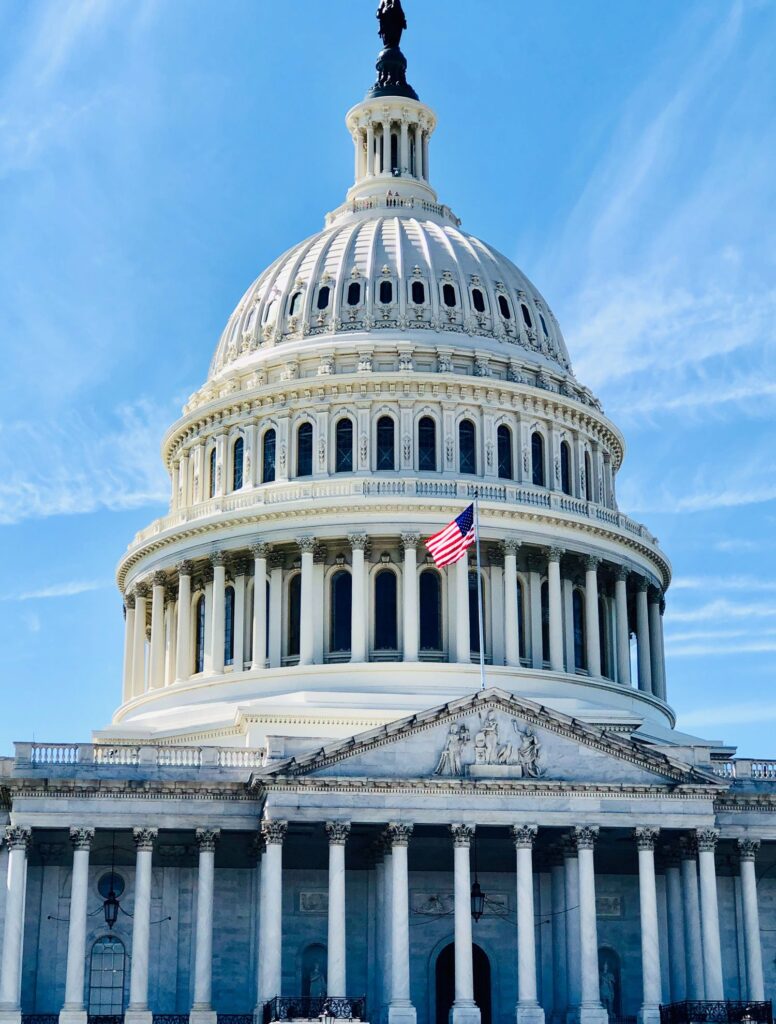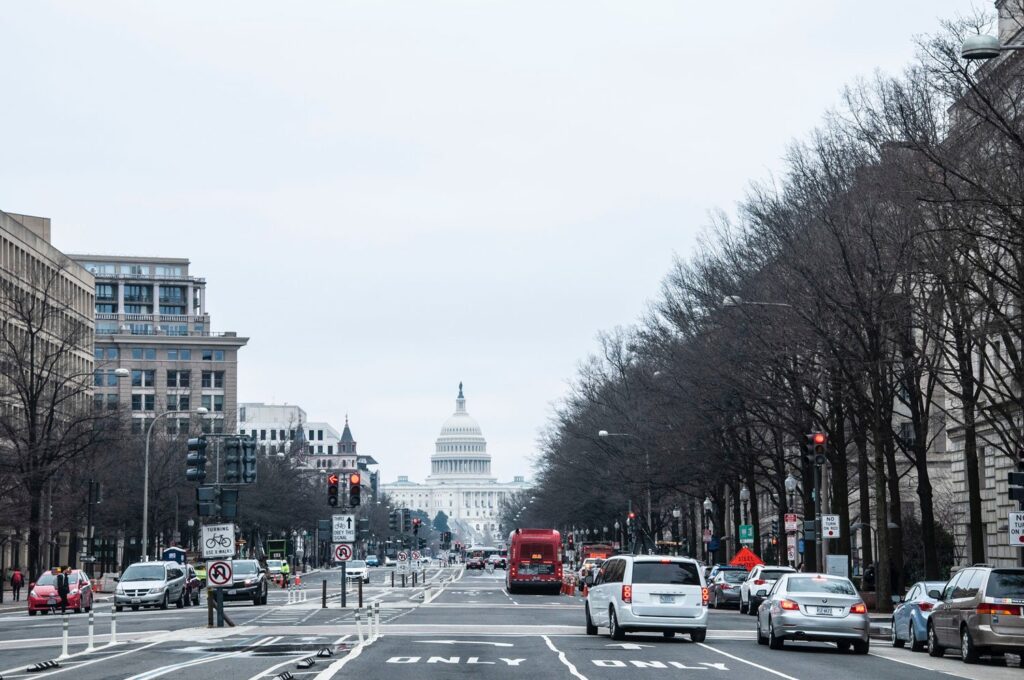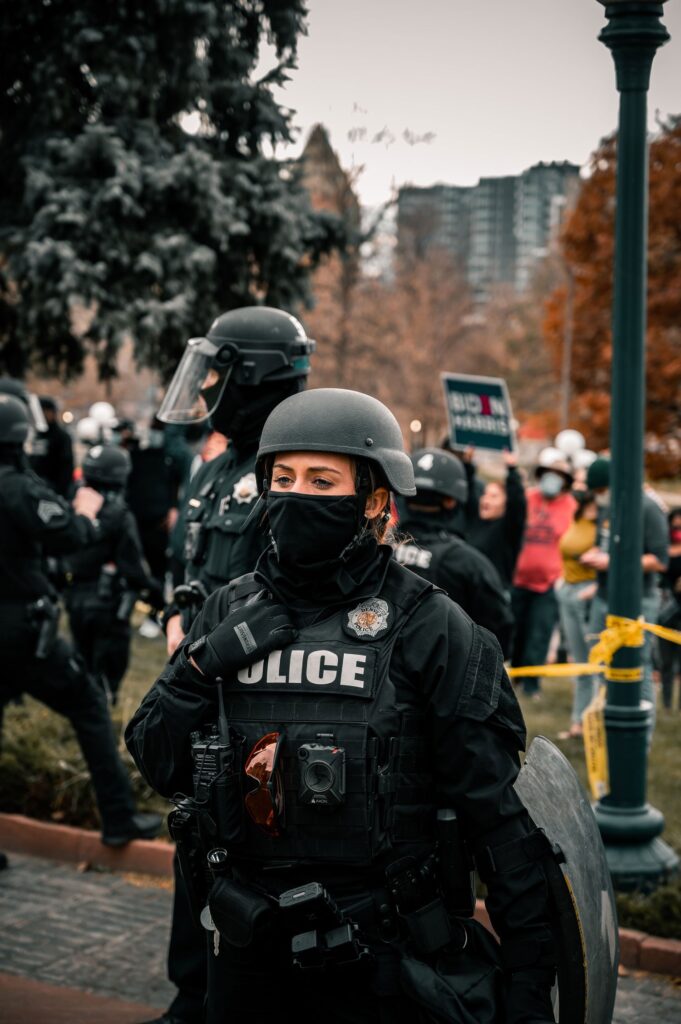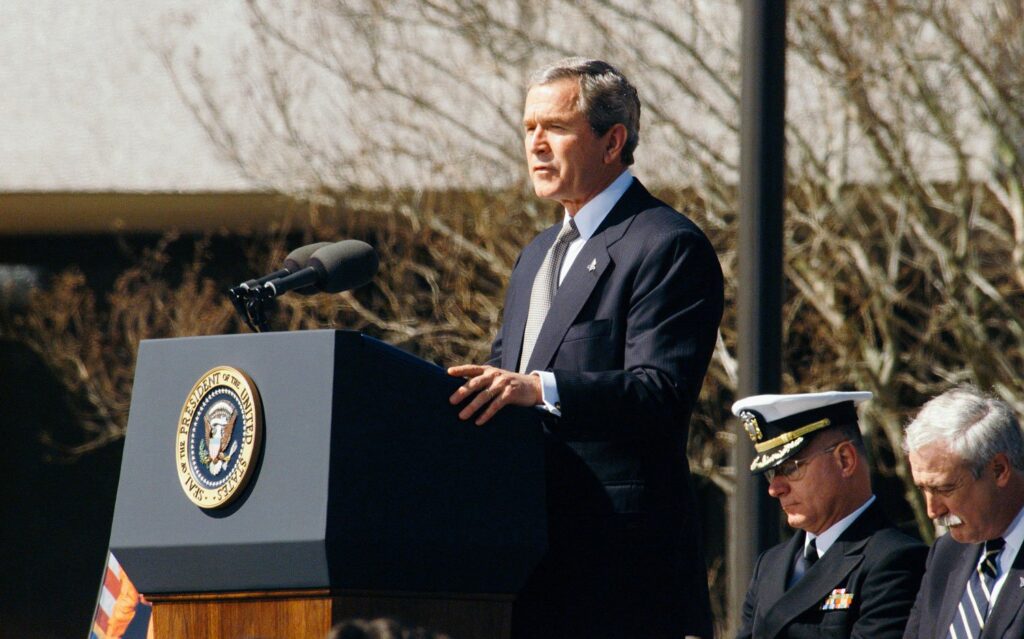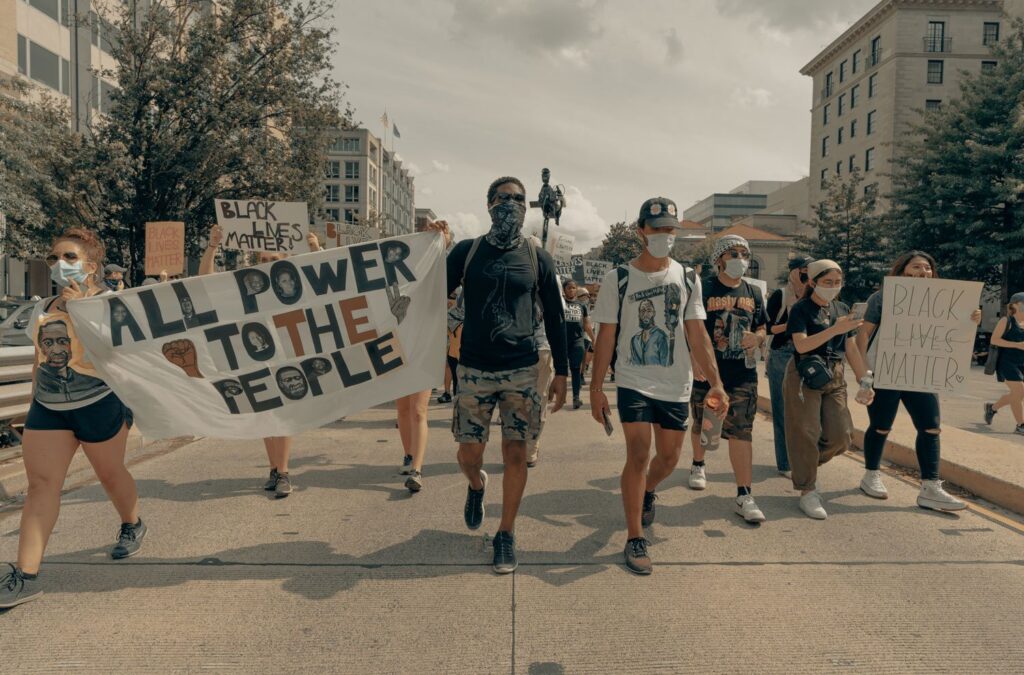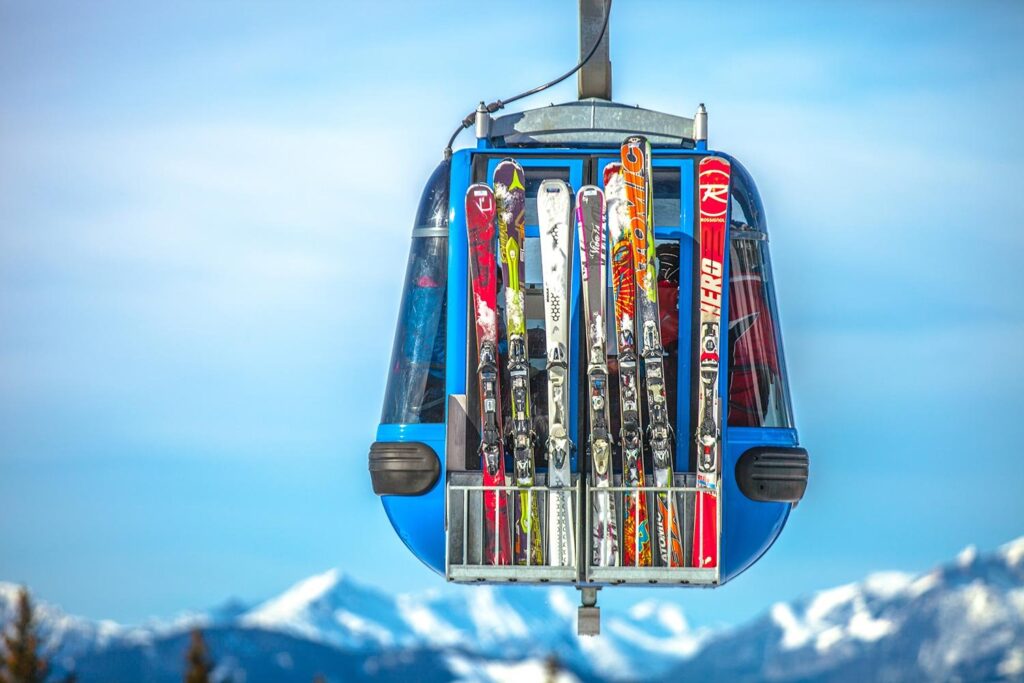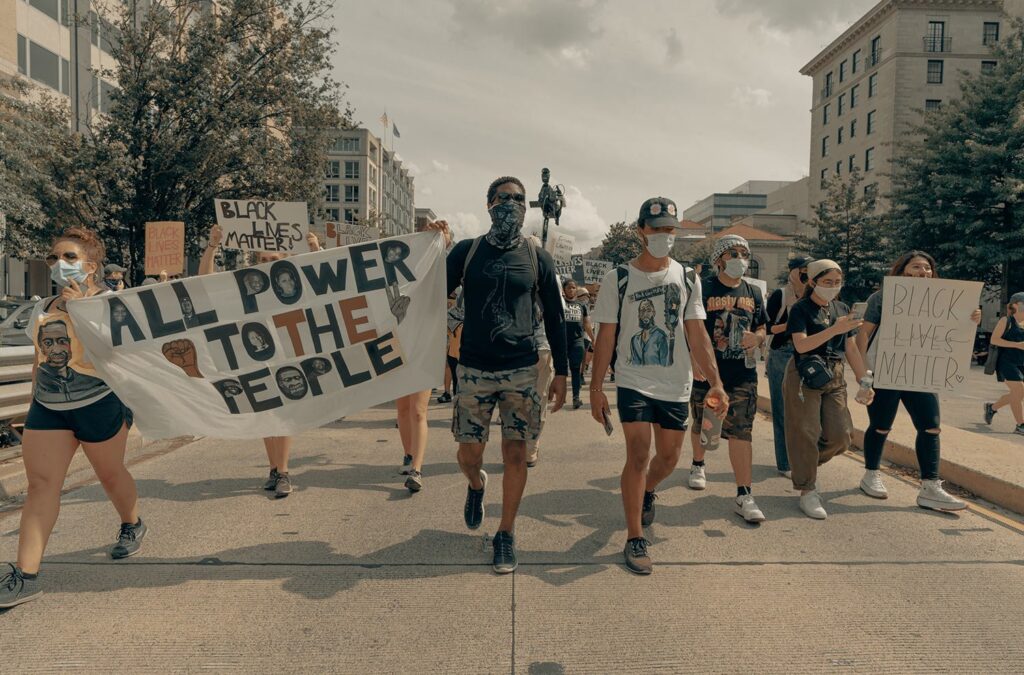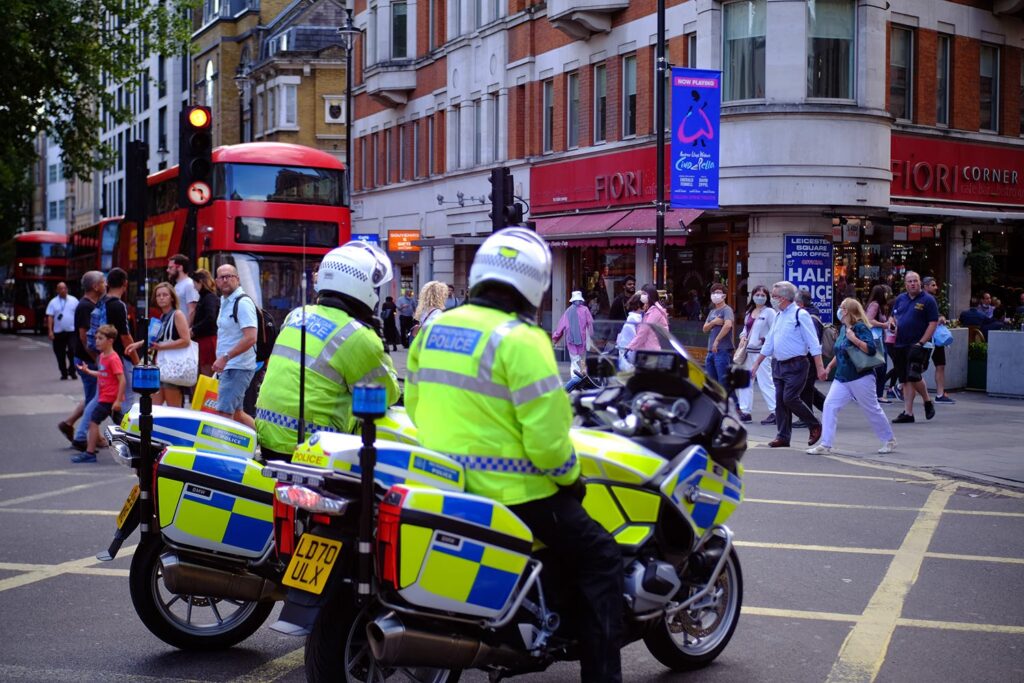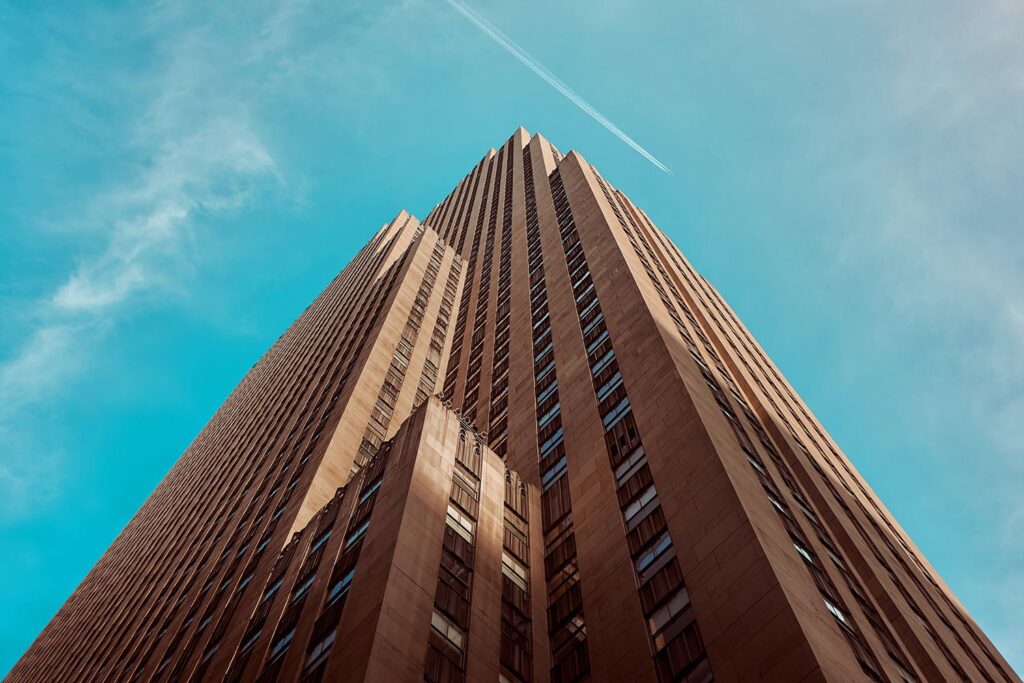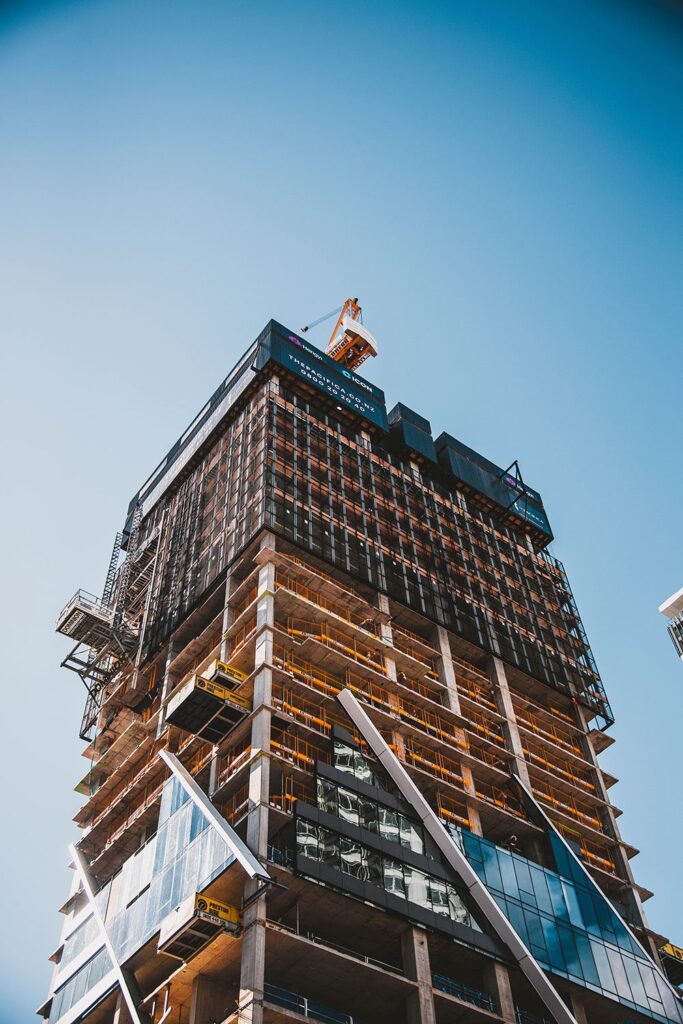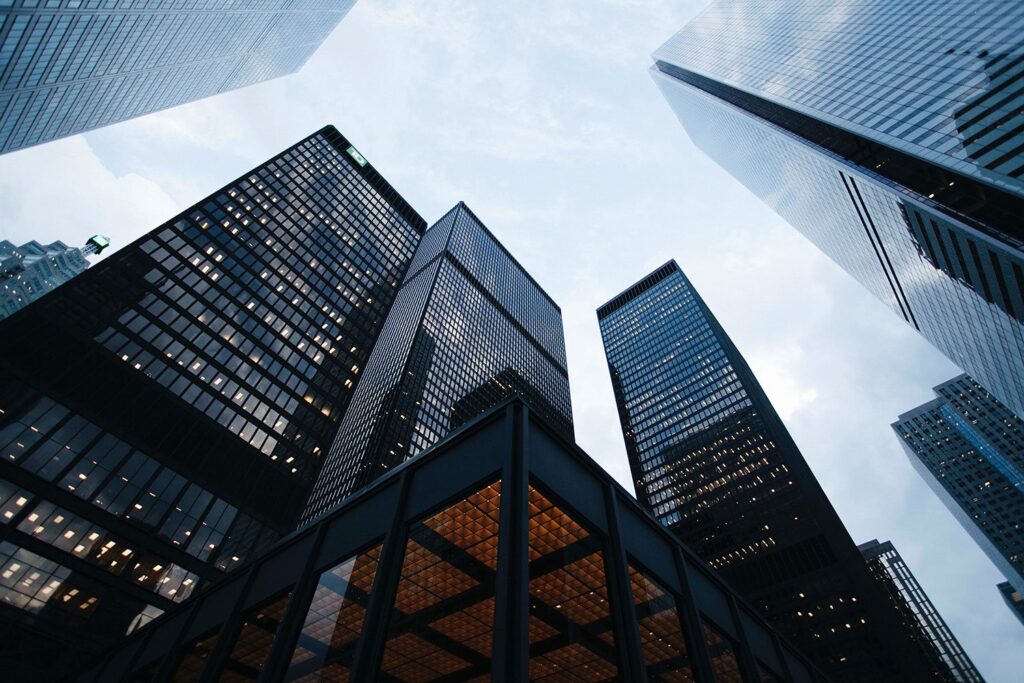Delhi Air Quality High : Smog and Pollution Levels Hit Critical Levels
Delhi’s air quality has severely deteriorated with thick smog covering the city and associated health hazards it brings to its residents. Levels of pollution have become hazardous with severe impacts on public health, the environment, and daily life for citizens.
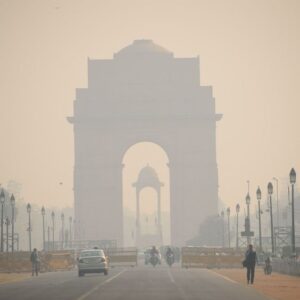 What causes the crisis?
What causes the crisis?
Delhi’s pollution woes can somewhat be attributed to the following causes:
Vehicular Emissions: The increase in the population and vehicular usage has led to very poor air quality with the city’s heavy reliance on vehicular emissions. Nitrogen dioxide (NO2) and particulate matter (PM) from diesel-run vehicles immensely degrade the air. Despite a significant push to encourage cleaner fuel options, fossil fuel usage remains predominant.
Industrial and Construction Activities: Gases emitting from those factories and constructions, which do not correct the emission standard, add extra particulate matter in the air. Delhi’s industrial areas alone are enough to break one’s heart owing to their low standards of emission control allowing smoke, dust, and other pollutants to float into the air with no hindrance.
Crop Residue Burning: The single largest contributor to smog in Delhi is the crop residue burning post the harvesting season in neighboring states, such as Punjab and Haryana. The farmers there burn crop residues, forcing huge volumes of smoke and pollutants into the air, which drifts into Delhi on seasonal wind patterns.
Seasonal Factors: Delhi experiences greater pollution in winter largely because of meteorological conditions. Inversions trap pollutants near the ground and prevent them from spreading because of the inability of cold to mix with warm air that rises. Low wind speeds enhance the situation by allowing smog to remain for a longer time in the city.
Health Impacts of Worsening Air Quality
The extent of pollution in Delhi, especially during winter, poses dangerous health consequences on many grounds:
Respiratory Conditions: Severe exposure to pollutants like PM2.5 and PM10 leads to intense respiratory diseases. The fine particulate matter will penetrate the air sacs deep into the lungs, which might cause asthma, bronchitis, and other chronic respiratory conditions, thus exacerbating a person’s existing problems as a result of pollution.
Cardiovascular Diseases Cardiovascular diseases depend very much on the presence of air pollutants; long exposure to polluted air may increase the risk of developing cardiovascular diseases. The research also shows that higher air pollution contributes to increasing blood pressure, heart attacks, and strokes. These fine particles related to the smog enter the bloodstream and activate inflammation and destruction of the arteries.
Most vulnerable populations to the highest exposures are children and elderly people as well as those having weak immune systems. That child whose body is subject to slow lung development because of pollution. Older adults are more susceptible to cardiovascular and respiratory conditions as they have been subjected for many years to pollutants in the air. Pregnant women are also affected, their association with the problem and pollution is the premature birth of babies and developmental abnormalities upon birth in children.
Mental Health: It is increasingly being researched and evident that adverse air quality also impacts people’s mental well-being. Researchers state the rising dangers of anxiety, depression, or even cognitive decline from exposure to air pollution among aged persons.
Allergies and Skin Irritations: Air pollutants have brought about skin cases like rashes, allergies, or eczema due to increased exposure. Sensitive-skinned persons normally report increased irritation during periods of intense smog.
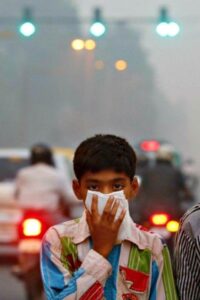 Economic and Environmental Impact
Economic and Environmental Impact
Economic Costs: It also costs Delhi poor air quality in terms of economics. Medical expenditure increases rapidly as people go to hospitals for the treatment of their respiratory and heart diseases. It reduces productivity because employees fall sick or remain indoors when the pollution level is not safe. Tourist industries, construction industries, and retail industries suffer major losses.
Environmental Degradation: An immense increase in pollution levels injures the local ecosystems of Delhi severely. Again, through settling particles on the surfaces of plants, pollutants shade them from sunlight and thus lower their rates of photosynthesis. Aerial chemicals dissolve the qualities of soil and, if washed into rivers by any rains, further pollute their waters, hence causing a permanent injury to the biodiversity of Delhi.
Short-term and Long-term Measures
The government has adopted various short-term and long-term measures against this increasing menace of pollution:
Graded Response Action Plan The idea is to activate an anti-pollution measure when the air quality reaches certain thresholds. Restrictions on construction activities, prohibition on the operation of diesel generators, and already-existing more stringent norms relating to emissions for industries are also included.
Odd-Even Traffic Rule: Rationing the number of vehicles plying on roads, this odd or even day rationing scheme allows only an odd or even number of cars on any particular day. Critics believe that it temporarily controls vehicle emissions but solves no big problem related to vehicular pollution in the long run.
Electric Vehicle Promotion: The government wants to popularize electric vehicles to minimize vehicular pollution in Delhi. Subsidy and infrastructure development for charging stations will be supported and encouraged for the use of electric vehicles by Delhi’s residents.
Stubble Burning Ban: Various state governments and the center have attempted to check this by providing incentives in terms of financial rewards and offering alternative farming mechanisms. However, it is relatively hard to enforce the ban as farmers argue that, at times, alternatives to burning are not feasible.
Short-term solutions include the dispersion of air purifiers and masks to ensure that people have more ways to protect themselves from adverse pollutants in the air. To this end, public campaigns inform people to stay indoors during periods of increased pollution.
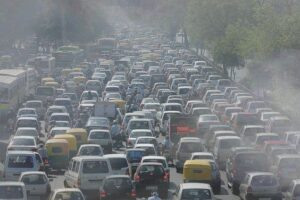 Long-term Solution: The Road Ahead
Long-term Solution: The Road Ahead
Even with all these measures being undertaken, efforts to tackle Delhi’s air quality crisis require long-term approaches, some of which are illustrated by the following proposals:
Switch to Clean Energy: The greatest possible reduction can come by switching toward clean energy sources like solar and wind power. Industries consuming green technologies will result in less particulate matter being emitted into the atmosphere.
Urban Greening Initiatives: Increase green spaces in the city. Delhi can avoid all such effects of pollution through urban greening initiatives. Trees and plants will be natural air purifiers that absorb pollutants and offer oxygen. Such an urban forest and rooftop garden can reduce pollution levels to some extent in the coming future.
Better Public Transport: Public transportation systems should be more efficient, economical, and environmentally friendly. This may be achieved through the expansion of metro lines, using electric buses, and promoting carpooling. All these steps will cut vehicular emissions.
Strict Control on Industries and Construction Sites: The level of strict regulations over emission limits at industries and construction sites needs to improve further. Violations by industries and construction sites may be penalized with heavy fines, ensuring that industries and construction sites strictly adhere to pollution norms.
Citizen Engagement and Awareness: Public awareness campaign is a must. Citizens should be enlightened about the role they can play in reducing pollution such as not bursting firecrackers for festivals, not using a car much, and using appliances that eat less electricity.
Conclusion
As far as the deterioration of air quality in Delhi goes, it is a severe threat that requires immediate and sustained action. The fact remains that the government and the citizens together must devise some effective solutions to protect public health and the environment. Only through such prolonged planning and innovative technology along with widespread awareness will Delhi’s hopes of clearing its skies and safeguarding its future rise.


 English
English 

